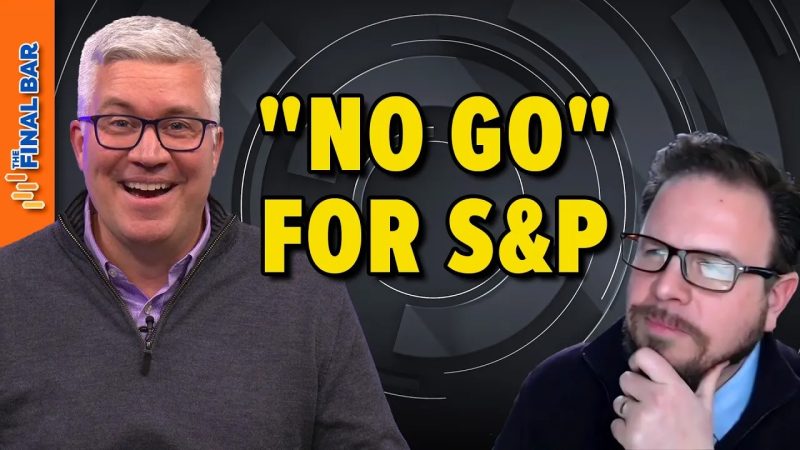In the fast-paced world of the stock market, keeping a close eye on various charts and indicators can provide valuable insights for investors and traders alike. Recently, the S&P 500 has been showing some concerning signals on its charts, prompting caution among market participants.
One key chart that has caught the attention of many analysts is the moving average crossover on the S&P 500 index. A moving average crossover occurs when a short-term moving average crosses below a long-term moving average, signaling a potential shift in trend. In the case of the S&P 500, the 50-day moving average has crossed below the 200-day moving average, a bearish signal that is often interpreted as a harbinger of further downside.
Furthermore, technical indicators such as the relative strength index (RSI) and the moving average convergence divergence (MACD) are also painting a grim picture for the S&P 500. The RSI, a momentum oscillator that measures the speed and change of price movements, has dipped into oversold territory, indicating that the index may be poised for a further decline. Similarly, the MACD, which is used to identify changes in the strength, direction, momentum, and duration of a trend, has diverged sharply from its signal line, suggesting that the index is facing increased selling pressure.
Adding to the bearish sentiment surrounding the S&P 500 is the lackluster performance of key sectors within the index. Technology stocks, which have been leading the market higher in recent years, have started to show signs of weakness, with many high-flying tech companies experiencing sharp pullbacks in their stock prices. Additionally, sectors such as consumer discretionary and healthcare, which had been relatively resilient during previous market downturns, are also beginning to falter, further weighing on the overall index.
In light of these concerning indicators and developments, many investors are adopting a defensive stance and looking to reduce their exposure to equities. Some are reallocating their portfolios to include more defensive assets such as bonds, gold, or cash, while others are hedging their positions using options or other derivatives to protect against potential downside risk.
While past performance is not indicative of future results, the flashing red lights on the charts of the S&P 500 cannot be ignored. As always, it is crucial for investors to conduct their research, stay informed about market developments, and consult with financial professionals before making any investment decisions in these uncertain times.
